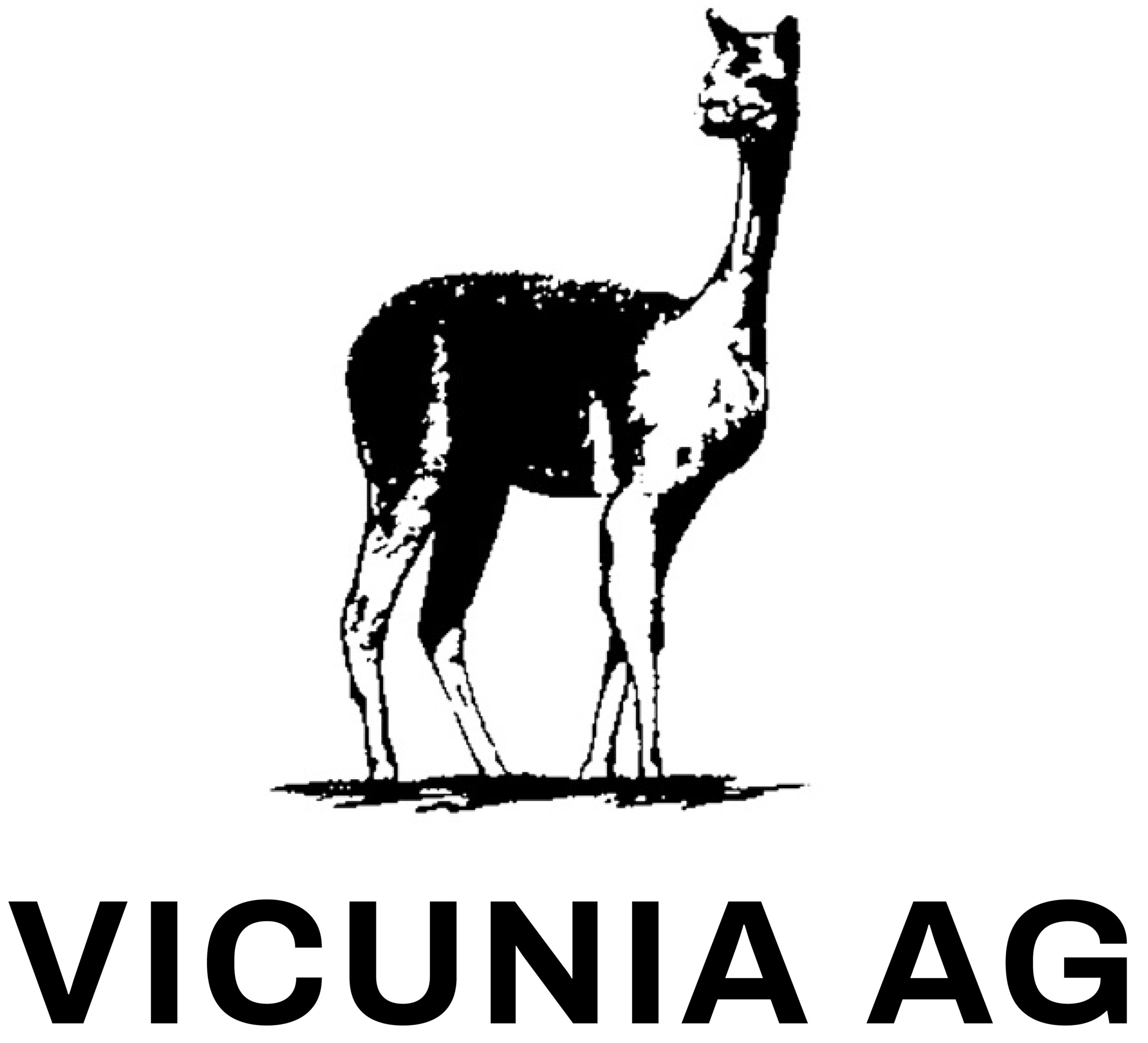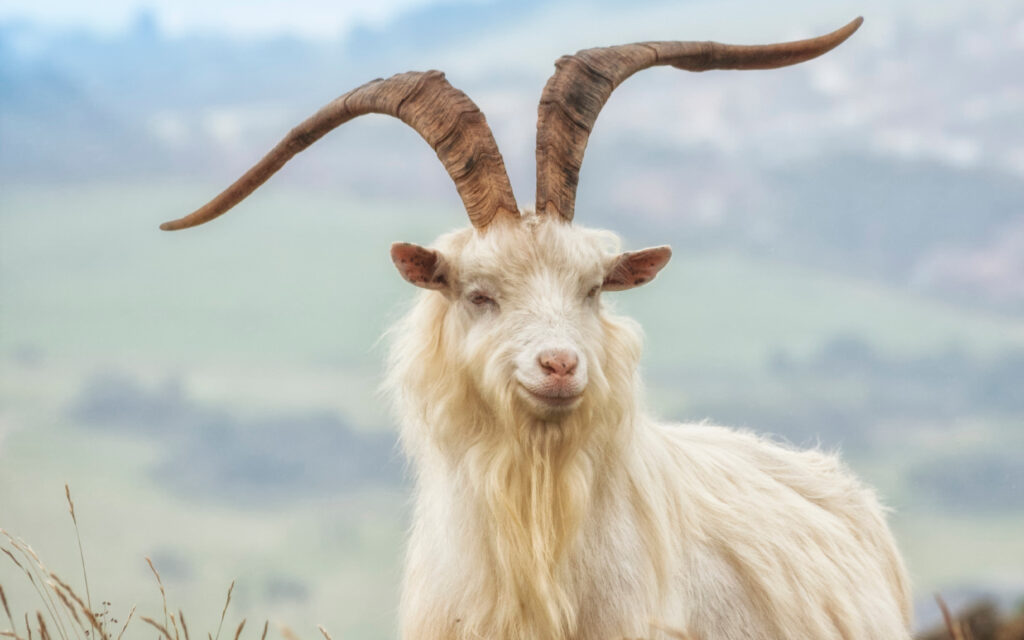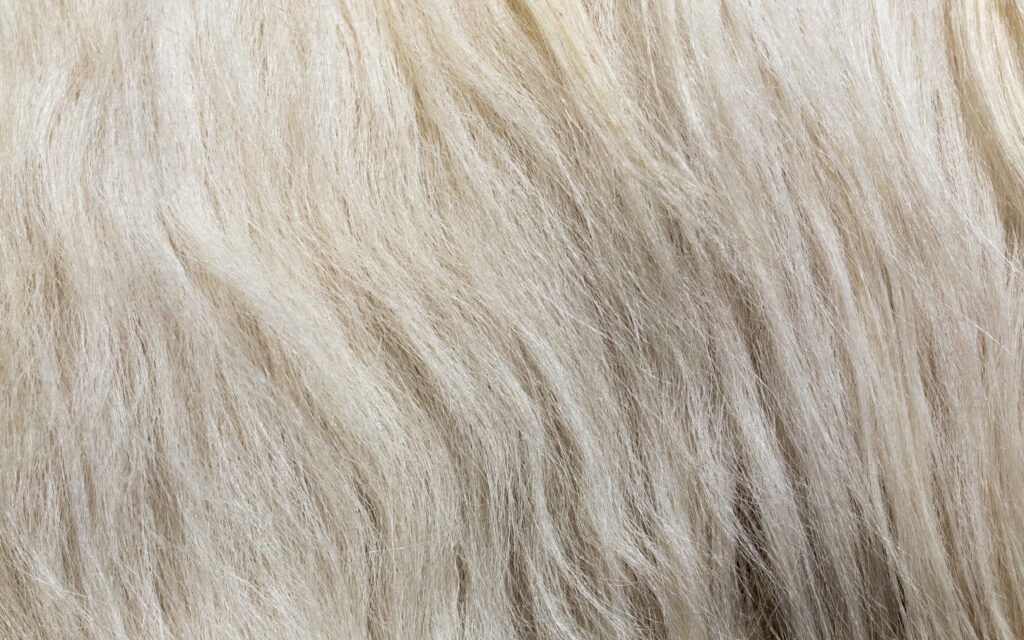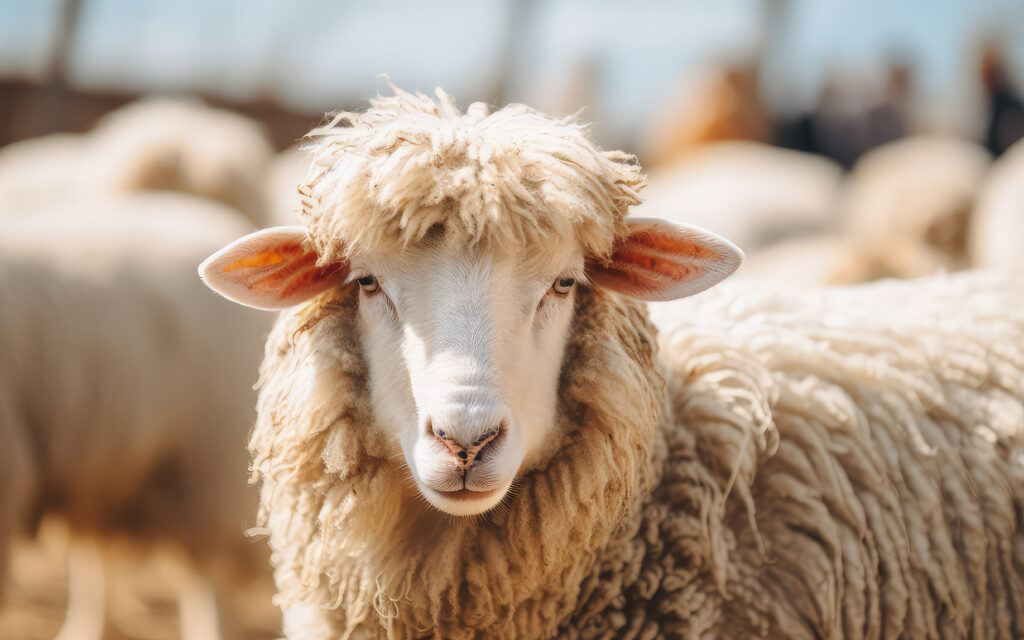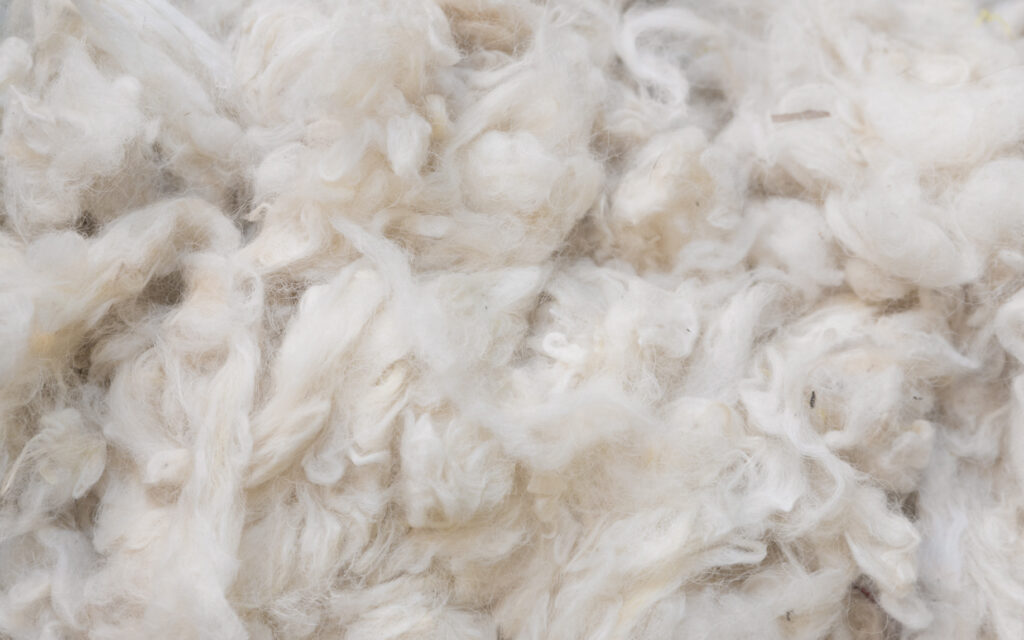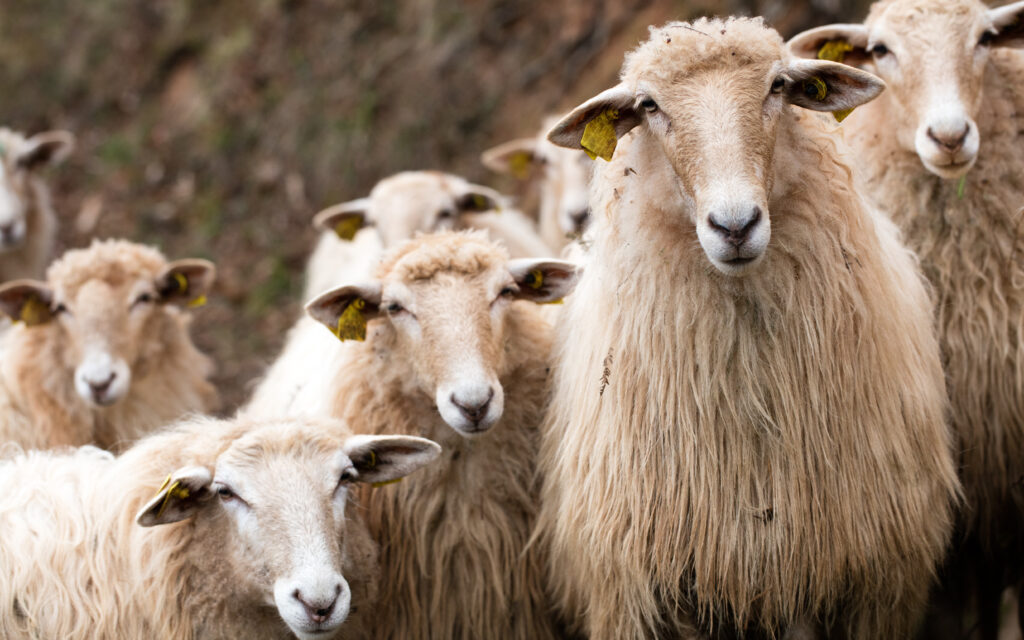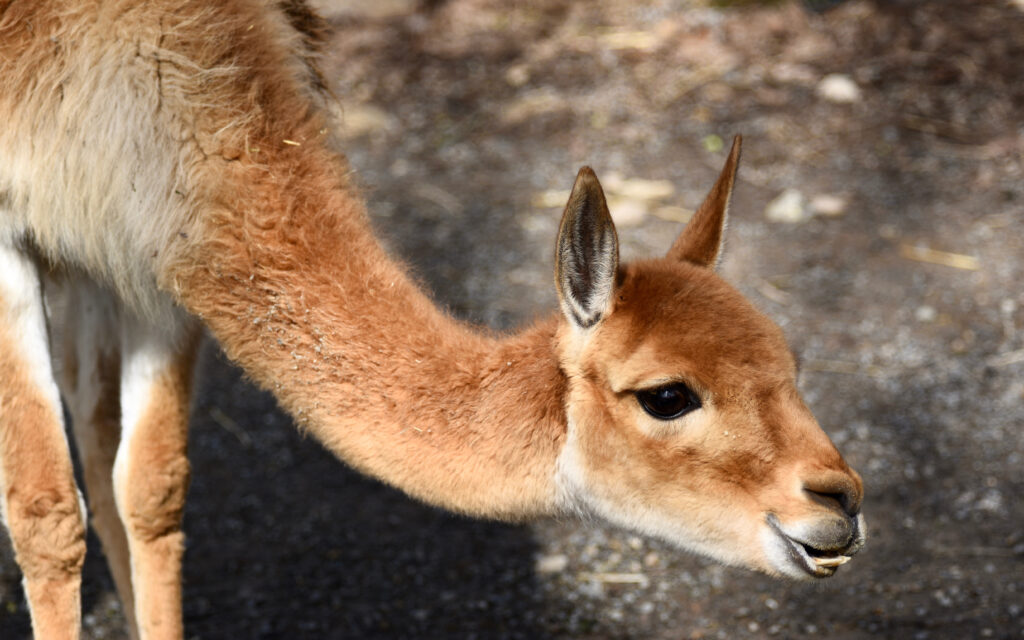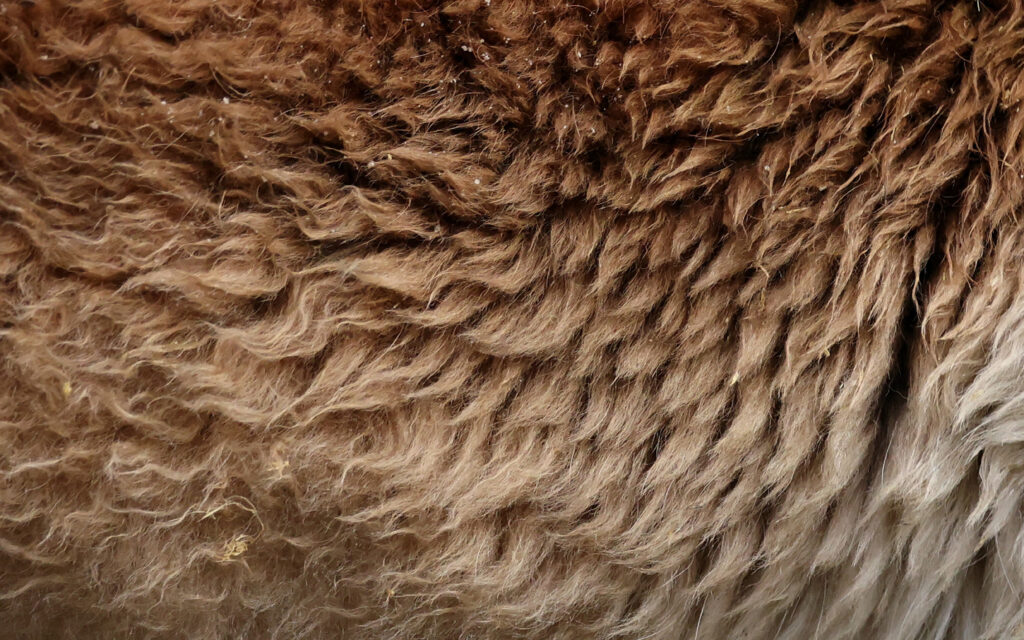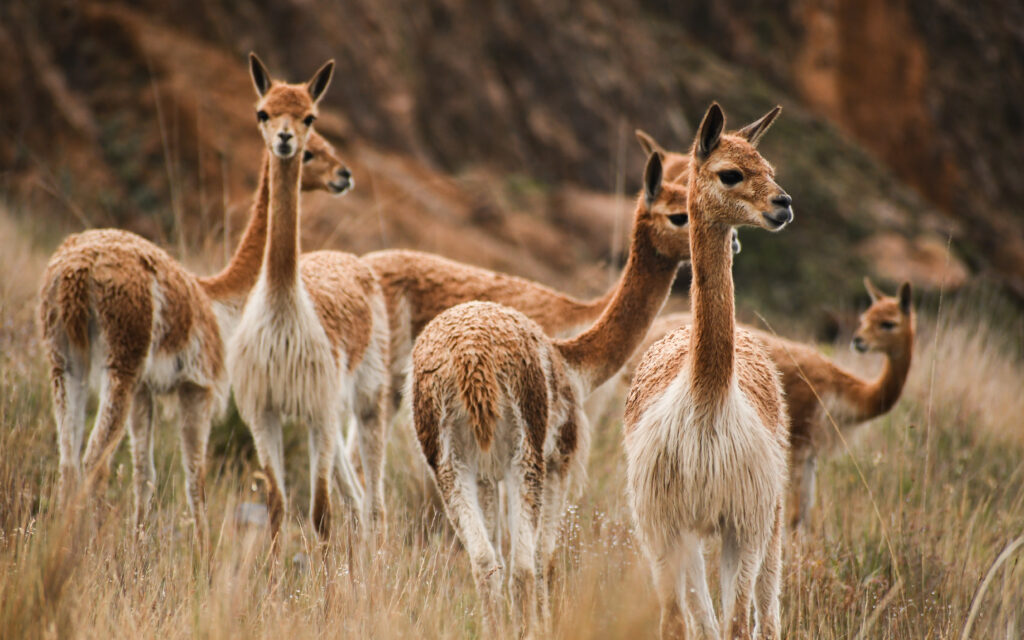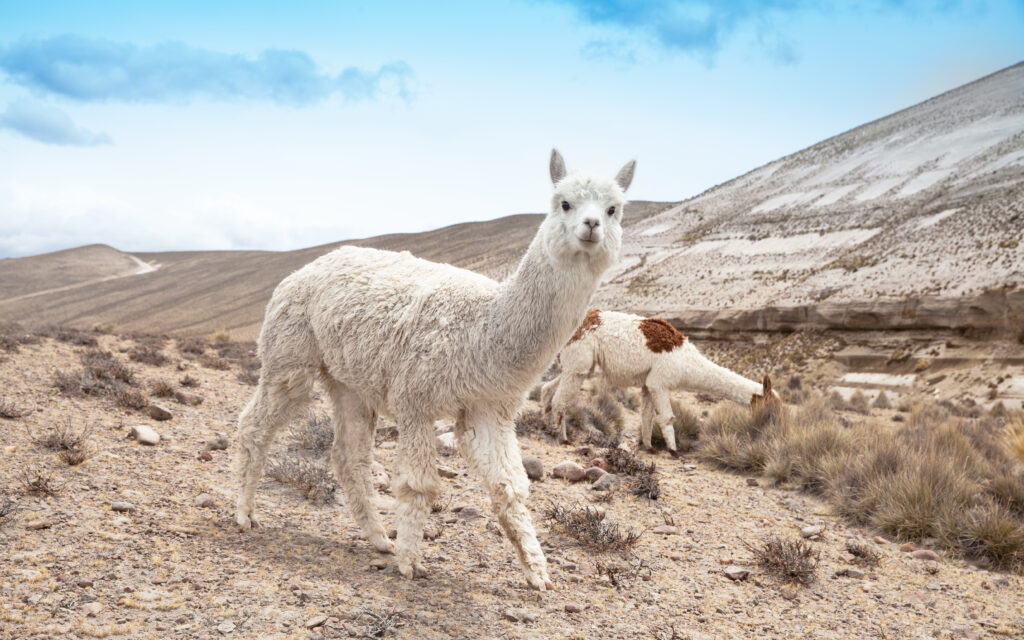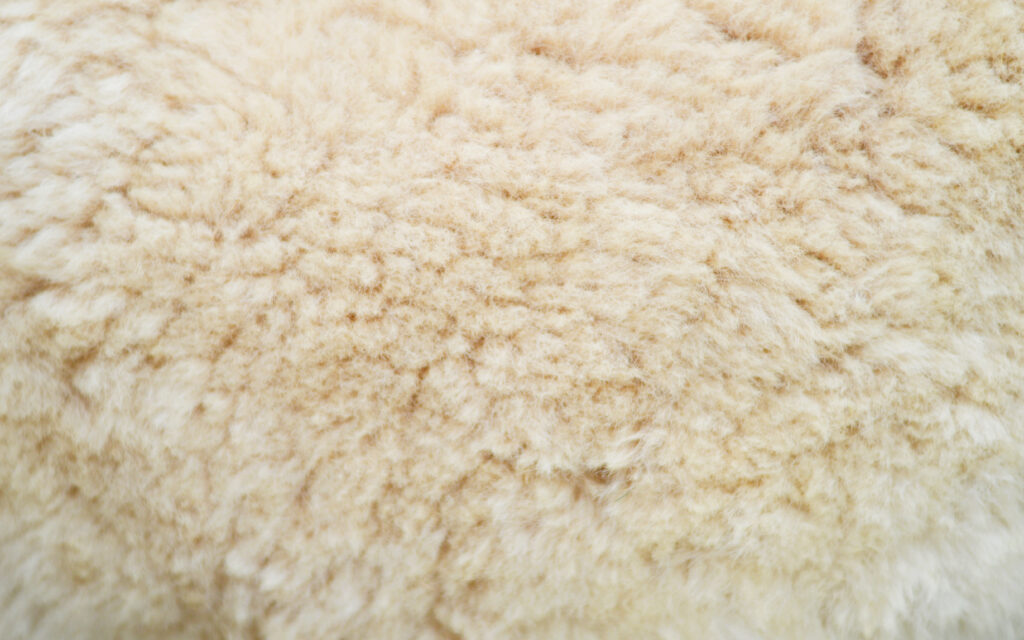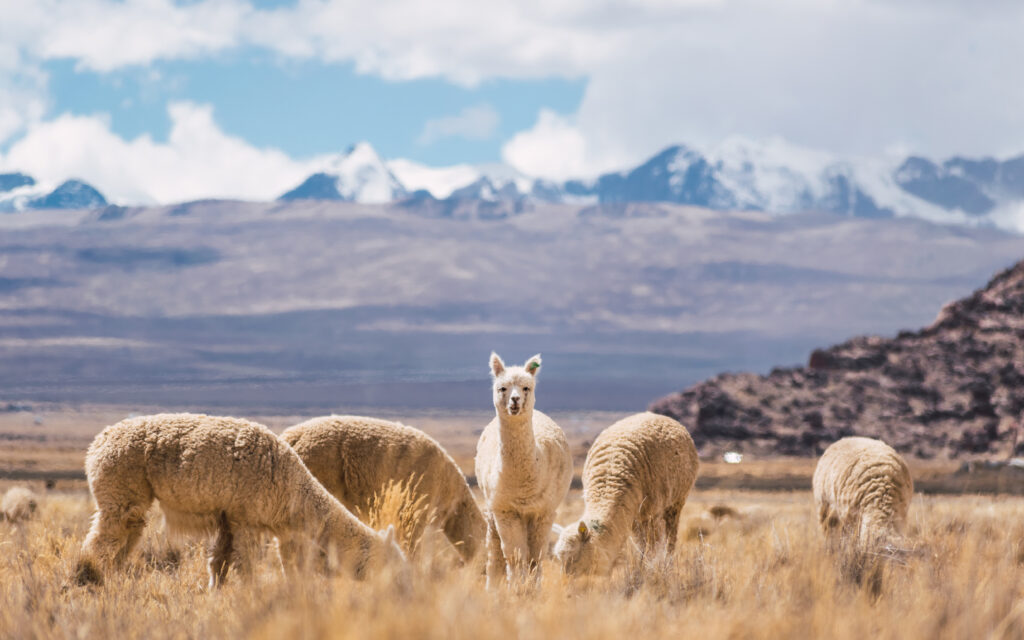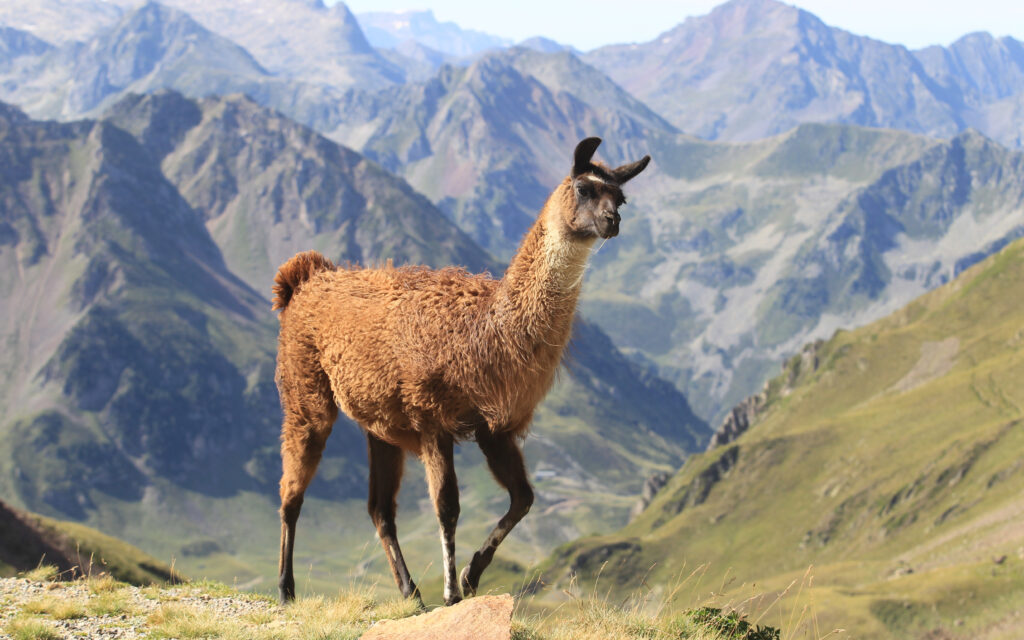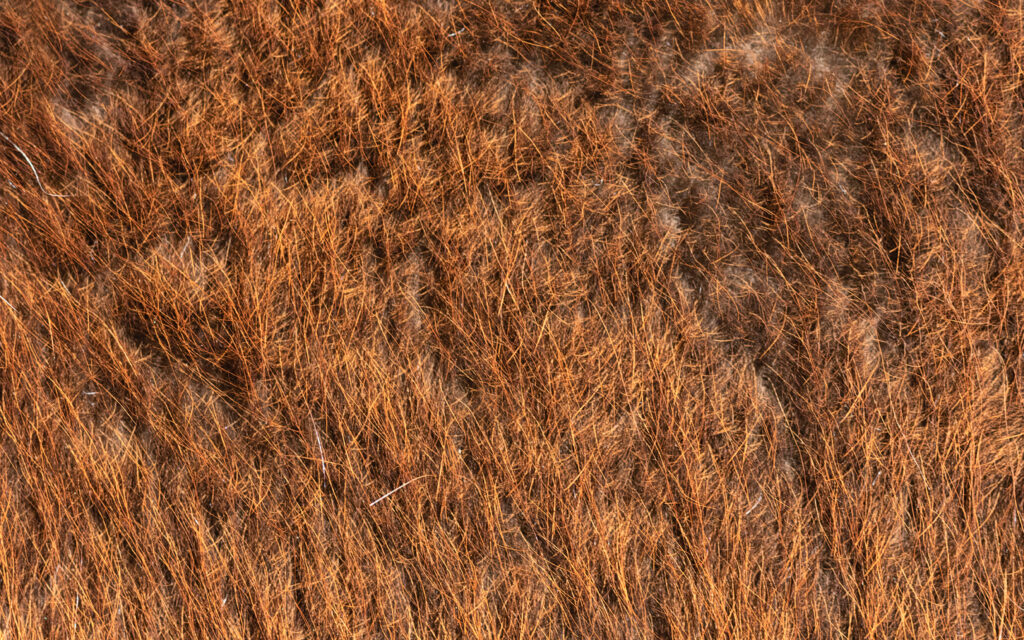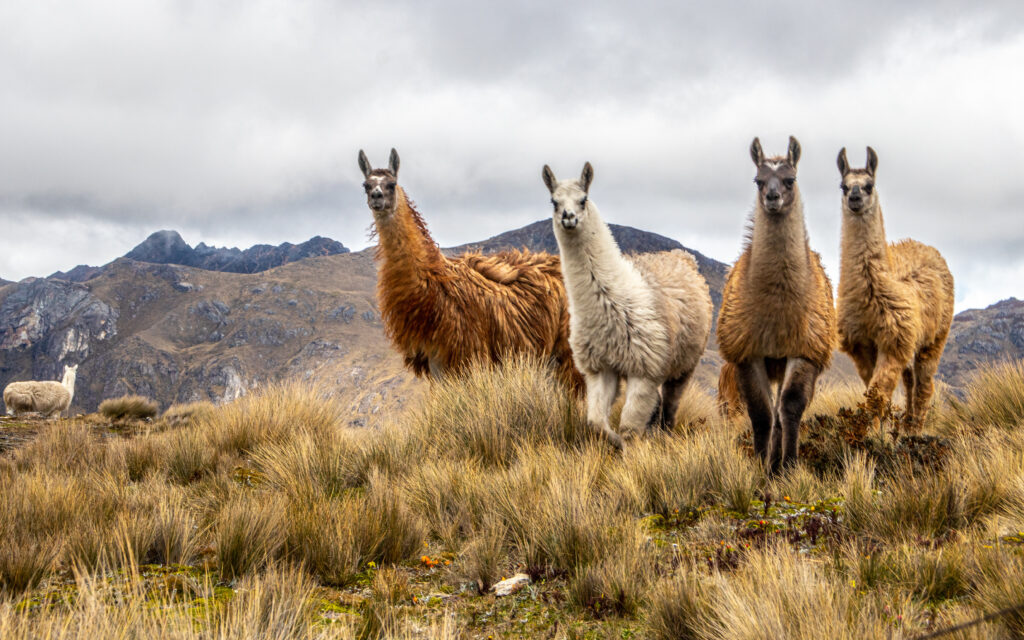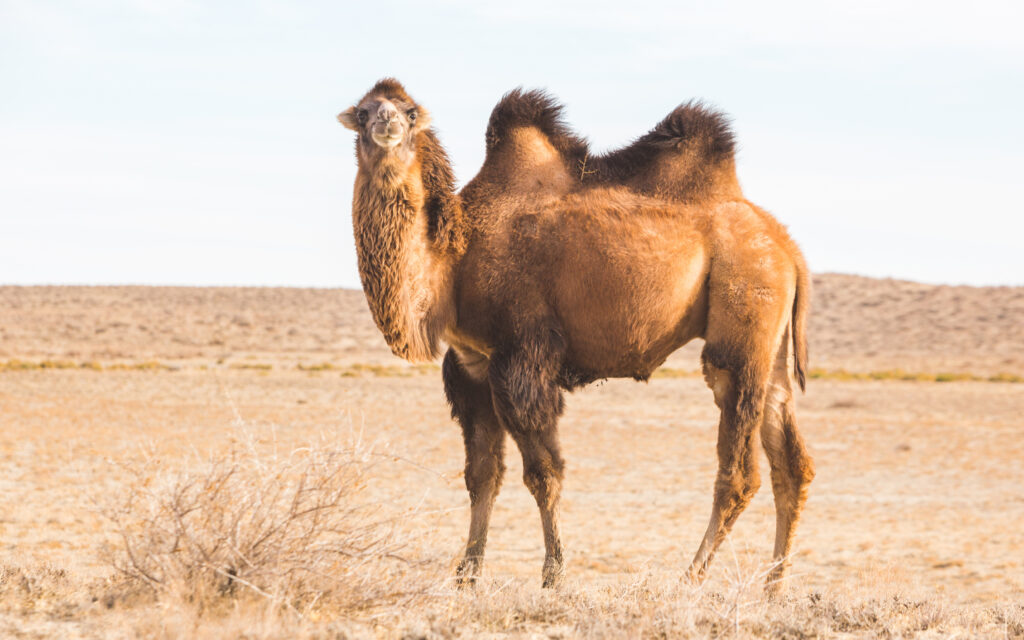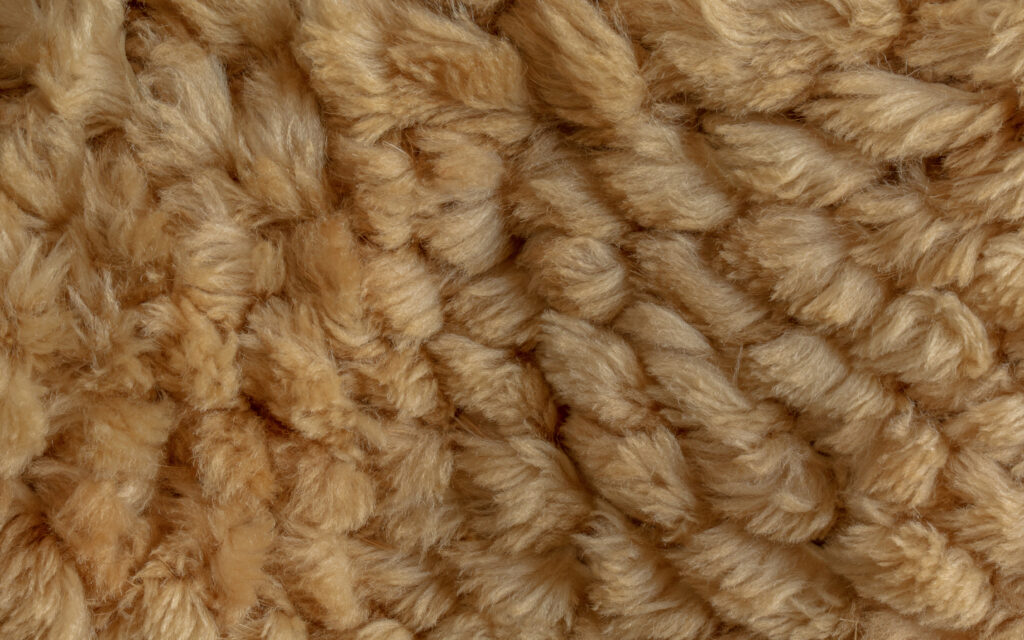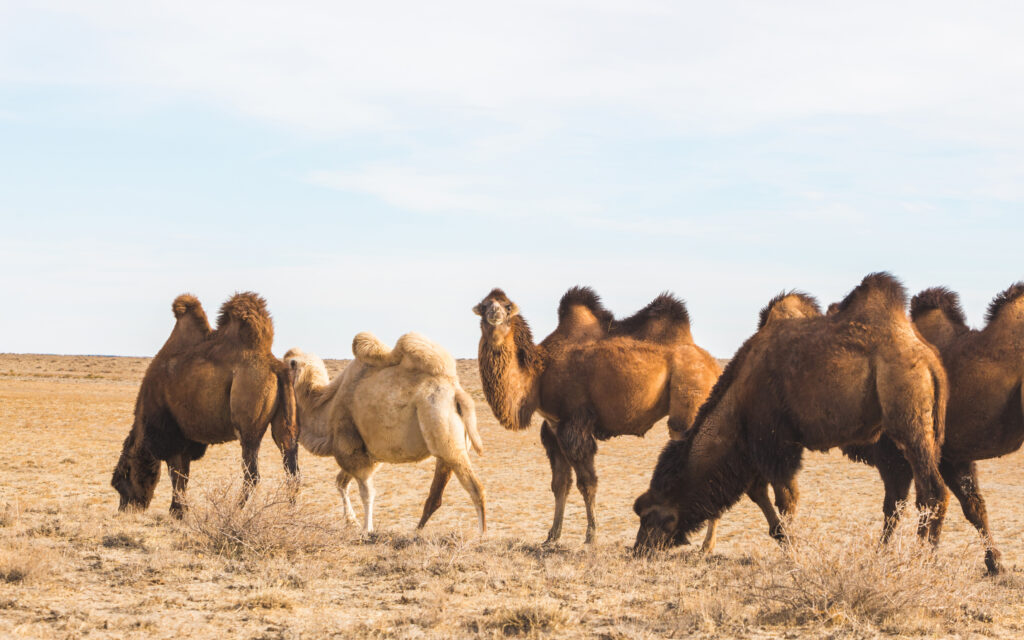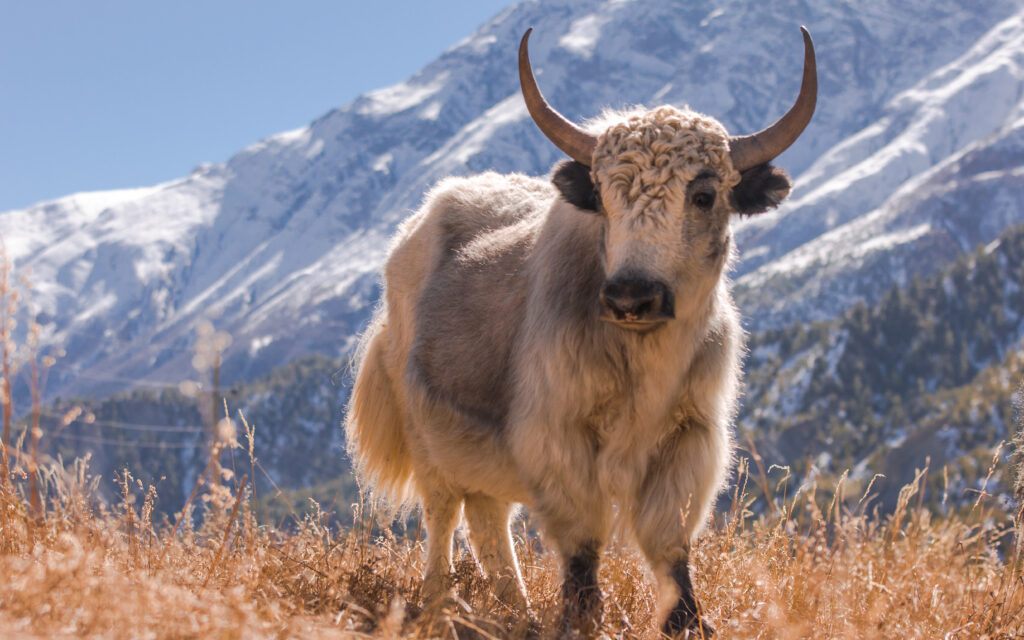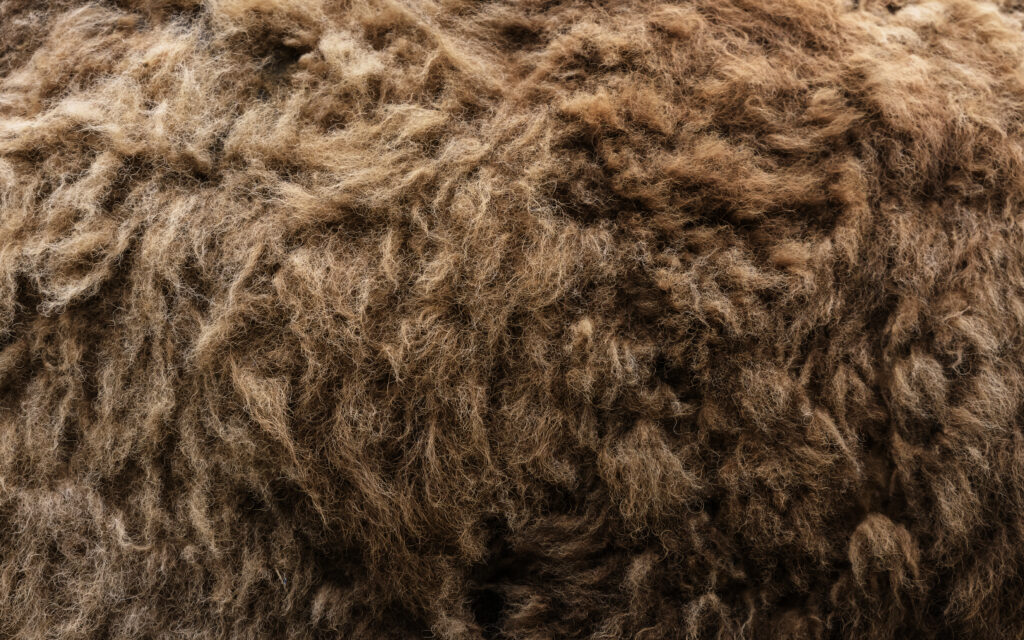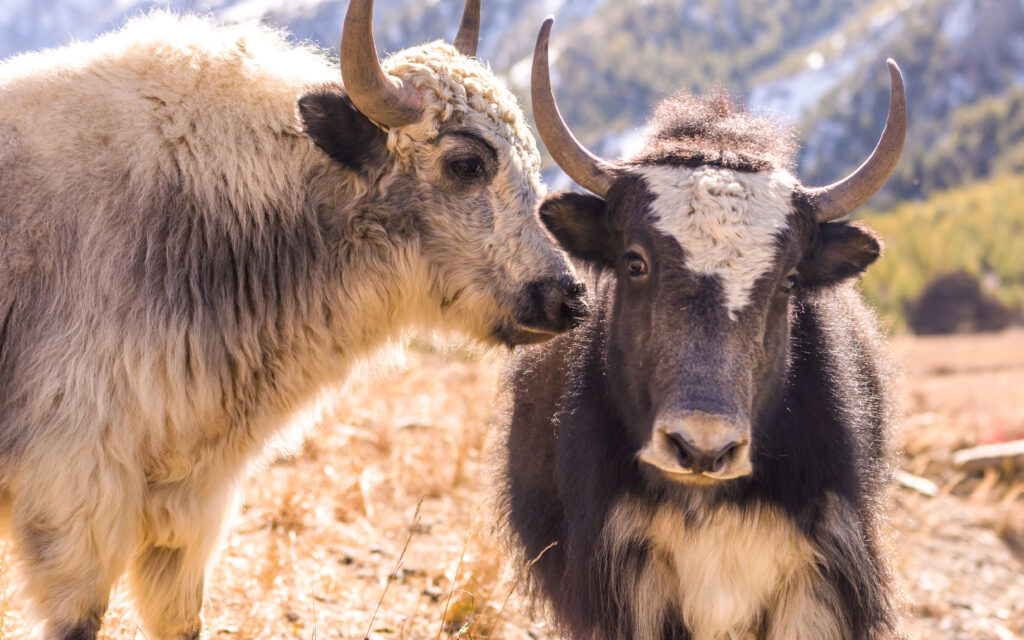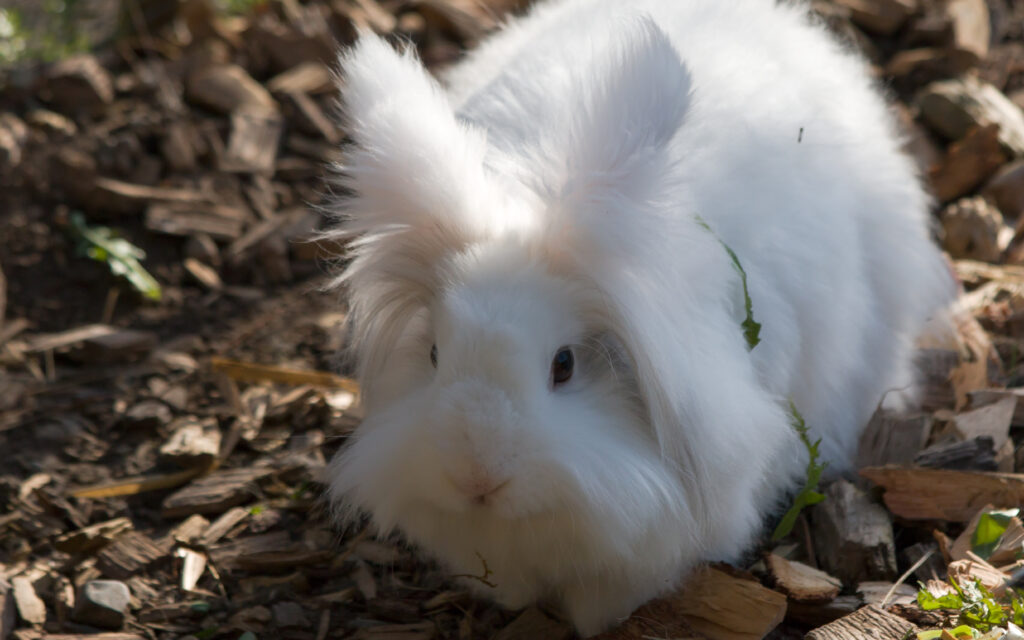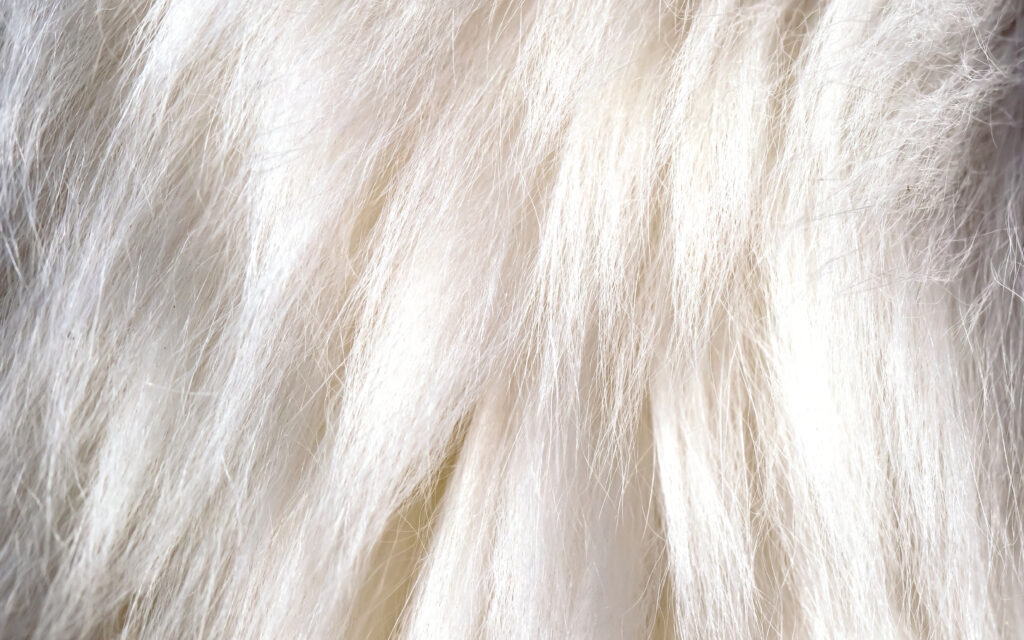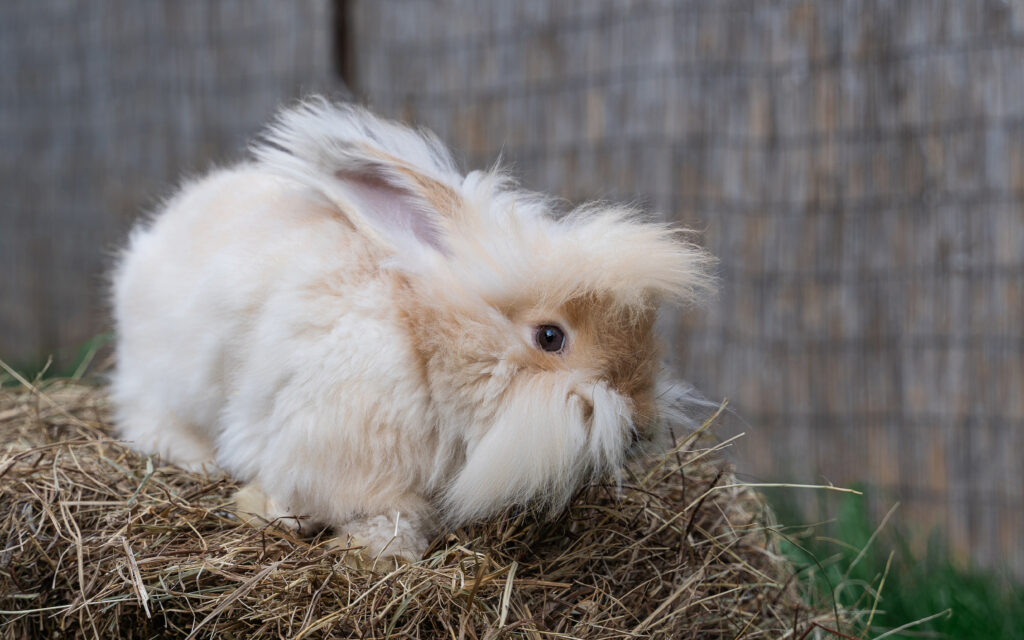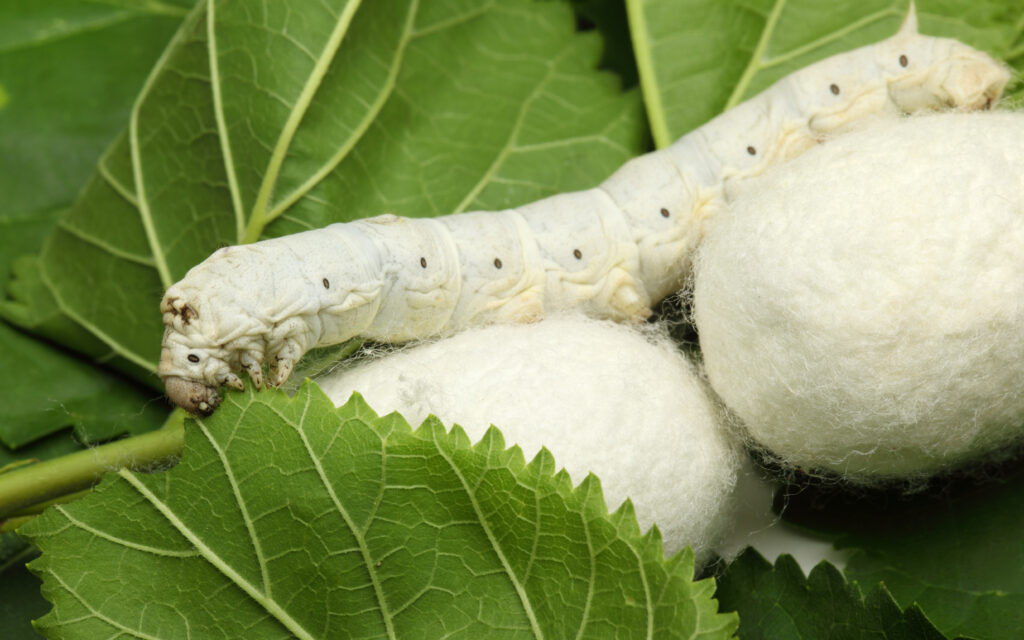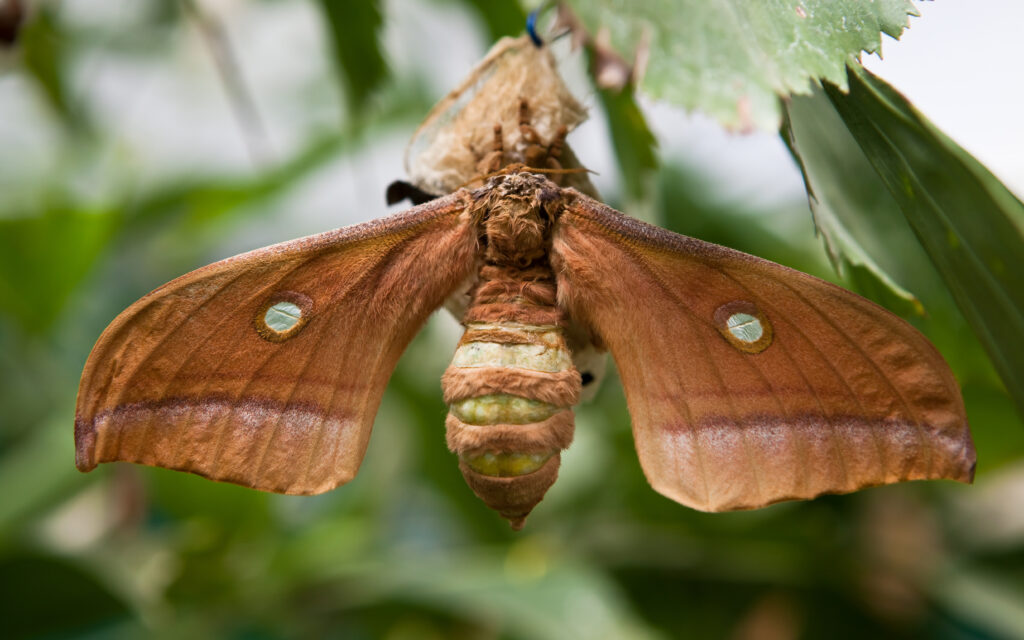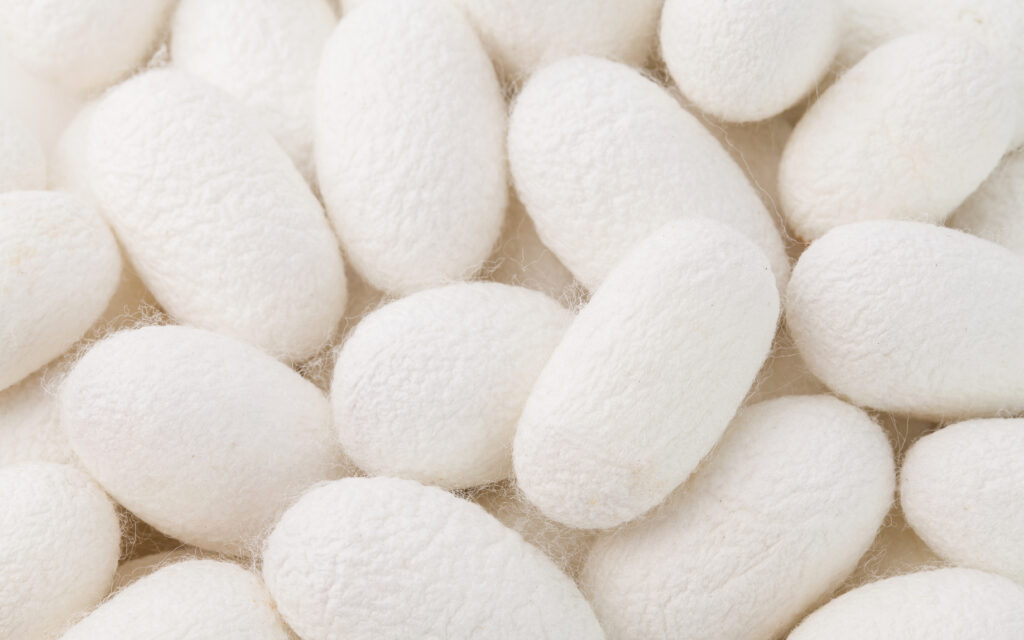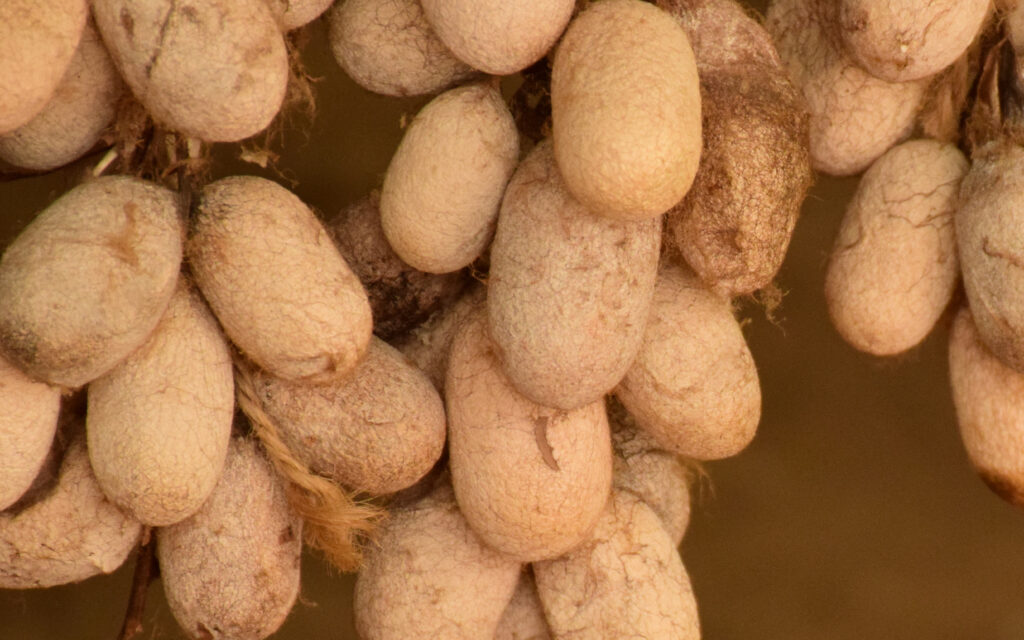Natural fibers – from Alpaca to Yak
We carry a wide range of specialty fibers, including alpaca, cashmere, wool, camel hair, silk, yak, and other natural fibers. Contact us for personal advice.
Cashmere
Cashmere is a precious fiber from the fine underhair of the Cashmere goat. Despite hot summers and cold winters, the animals are able to live in the deserted areas of China, Mongolia and Afghanistan with little nutrition. To survive these harsh conditions, they grow a coarse guard hair and very fine underhair for supporting a steady body temperature. From this fine underhair our Cashmere fiber is gathered.
The Cashmere goats lose their underhair when temperatures are getting milder in spring. The fiber is combed off the animal and processed further in a mechanical dehairing process.
Our range includes:
- Cashmere Tops
- Cashmere Noils
- Dehaired Cashmere
Wool
Wool is a smart and thermoregulating fiber. Sheep are able to defy the harshest weather conditions and temperature fluctuations all over the world. Depending on the sheep breed, their fleece can be very fine or coarse. The wool is used in the apparel, felt and carpet industry, by bedding and non-woven manufacturers, as well as insulation producers.
Beside wools for the felting industry we are specialists in ultrafine wools ranging 12.0 to 15.0mic. We process Tops and Open Tops of these qualities in the Italian textile region of Biella.
For the apparel and felt industry we hold stocks of most qualities and are RWS (Responsible Wool Standard) certified. The biggest part of our Belgium scoured qualities is Oeko-Tex certified.
Our range includes:
- Wool Tops
- Wool Open Tops
- Wool Noils
- Scoured and carbonized Wools
- Treated Wools
- Wool balls
- Greasy Wools
Vicuña
Vicuña is the finest and most valuable natural fiber in the world. The smallest Camelid lives in the Peruvian, Bolivian and Argentinian Andes at an altitude of up to 5’000 meters above sea level. To defy cold winters and hot summers, the animals grow a very fine fleece. The fiber finesse is only 12.0 to 14.0 micron. Hardly surprising that the Incas celebrated it as “the fiber of gods”. In the 20th century the Vicuña population was threatened with extinction as poachers hunted the animals for their fleece. Today the animals are a protected species. All our lots come with a CITES certificate.
Our range includes:
- Dehaired Vicuña
- Occasionally Tops and Noils
Alpaca
Alpacas have an elegant and thermoregulating fiber. The animals live in the South American Andes at altitudes of 2’500-4’500 meters above sea level. Thanks to their fleece they are very well protected against temperature changes of up to 30°C on a single day and high UV radiation at the high altitude. At about 90%, the Alpaca species Huacaya is the most common. Their straight, tight curled hair is different to the shaggy looking fleece of the Suri Alpaca.
The fiber of both species is classified in different qualities:
Huacaya
Royal Baby Alpaca: 19.0 bis 20.0 mic
Baby Alpaca: 21.5 to 22.5 mic
FS Alpaca: 24.5 to 26.5 mic
Huarizo Alpaca: 30.0 to 32.0 mic
AG Alpaca: 32.0 mic +
Suri
Baby Suri: approx. 22.5 mic
FS Suri: 26.0 to 27.5 mic
Our range includes:
- Alpaca Tops
- Alpaca Web (carded material)
- Alpaca Noils
All qualities are available in natural white, cream and a variety of natural colors.
Llama
The animals are native to the highlands of the South American Andes, where they represent the largest camelids in the region. They have multiple layered fleece of coarse guard hair and fine underhair. This fleece protects them from cold temperatures. Compared to Alpacas, Llama hair is coarser and harsher.
For some qualities the Llama fleeces is being mechanically dehaired, to receive a finer fiber for spinning.
Our range includes:
- Llama Tops
- Dehaired Llama Web
Camel
There exist two subspecies of camels, the dromedaries (one-humped camels), which are found in large parts of Asia and Africa, and the bactric camels (two-humped camels), which are mainly found in Asia. Both are kept as pack animals and mounts, as well as for meat, milk and fiber production..
Our Camelhair comes from bactric camels, which live in Mongolia and China. Thanks to their temperature-regulating hair, they can easily withstand the extreme midday heat and freezing desert nights. The colour of the fiber varies depending on its origin: camel hair from the Alashan desert tends to be lighter in color, while the fiber from Mongolia is reddish. There are also natural white camels with a creamy fur.
In spring, the camels shed their warm underhair in tufts. This is collected and separated from the coarse hair by a machine dehairing process and further processed. Our camel hair qualities are Oeko-Tex Class 1 certified.
Our range includes:
- Camel Tops
- Dehaired Camel for the apparel and quilt industry
Yak
This bovine species lives in the high steppes of Tibet, Himalaya and Mongolia. The long hair protects them from the forces of nature. Temperatures down to minus 40°C are no major problem. For many small farmers the Yak is a useful livestock. Beside their hair they supply leather, milk and meat. They are also used as pack animals.
During spring the Yak loses its fine underhair. After combing and collection the coarse and fine fibers are separated in the dehairing process and then are ready for further processing. The major colour of the fleece is a dark brown, but there are some grey and very few white animals.
Our range includes:
- Yak Tops
- Dehaired Web for the apparel and quilt industry
Angora
The Angora fiber comes from the Angora rabbit. The animals get shorn four/five times a year, in order that their fur does not felt. After shearing the fiber can already be spun. In this way it keeps its full length and characteristic.
We only trade the shorn Angora hair.
Our range includes:
- Angora Tops
- Shorn Angora
Silk
Mulberry Silk
Mulberry Silk is considered to be the highest quality and most valuable natural silk. It is obtained from the cocoon of the silkworm, who live mainly on mulberry trees. The silkworm spins its cocoon from a single long thread which is unwound using the reeling process. Mulberry Silk is characterized by its pearly white color, a beautiful sheen and a very fine touch.
The silk spinner is originally native to China. It was once an important commodity and gave the Silk Road its name.
Tussah Silk
Tussah Silk is a robust and coarser wild silk. It is obtained from the cocoons of the wild Japanese and Chinese tussah moth. The caterpillars feed mainly on oak leaves which gives the silk its slightly brownish color. Tussah silk is ideal for dyeing as the fiber absorbs the dye particularly well.
Our range includes:
- Silk Yarns
- Silk Slivers
- Silk Laps
- Recycled Silk
- Silk Noils for the quilt industry
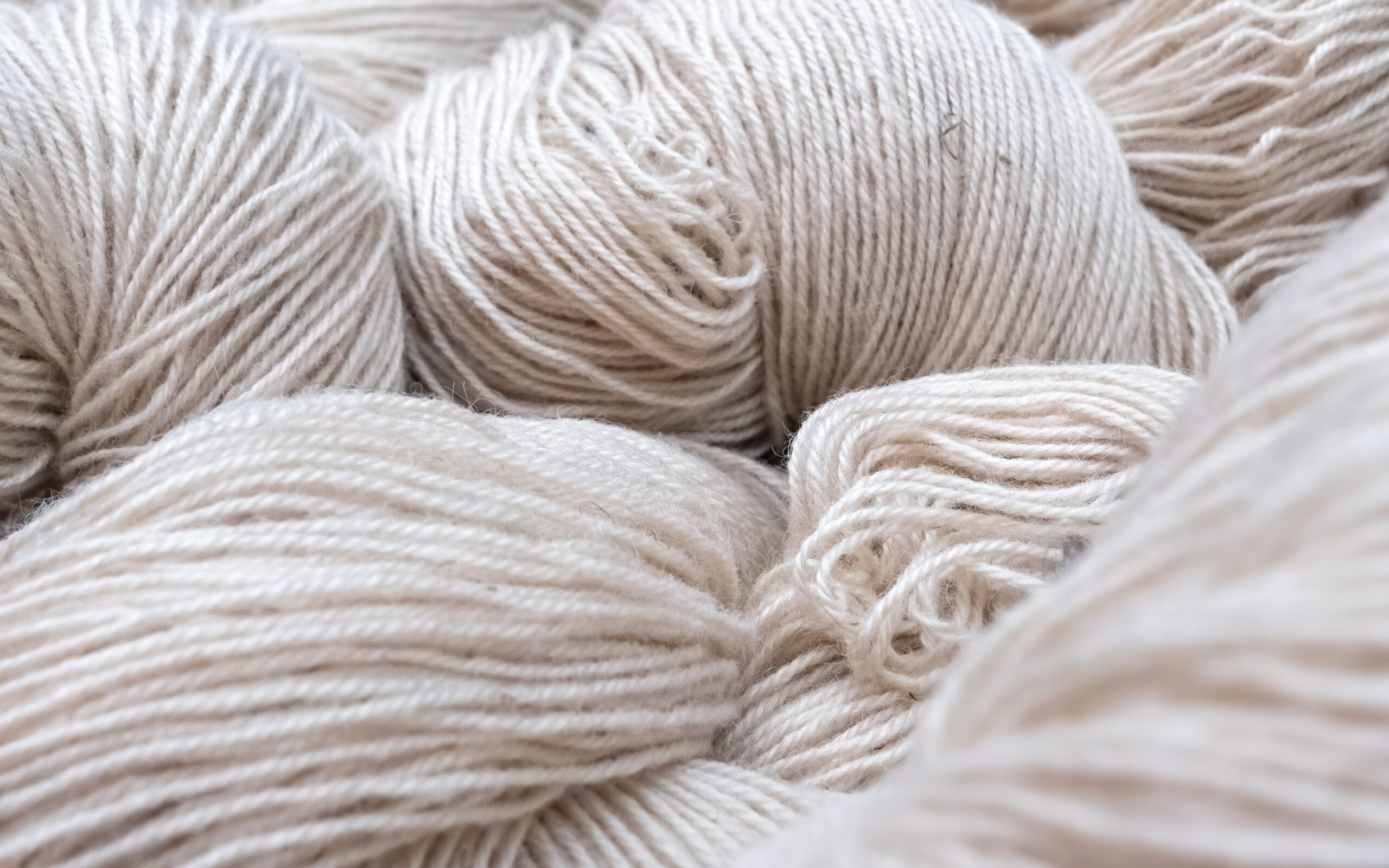
Alpaca- and Wool yarns
Handknitting and industrial yarns. In natural shades, solid dyed colors and mélanges. Made up on cones, hanks or balls. Contact us for personal advice.
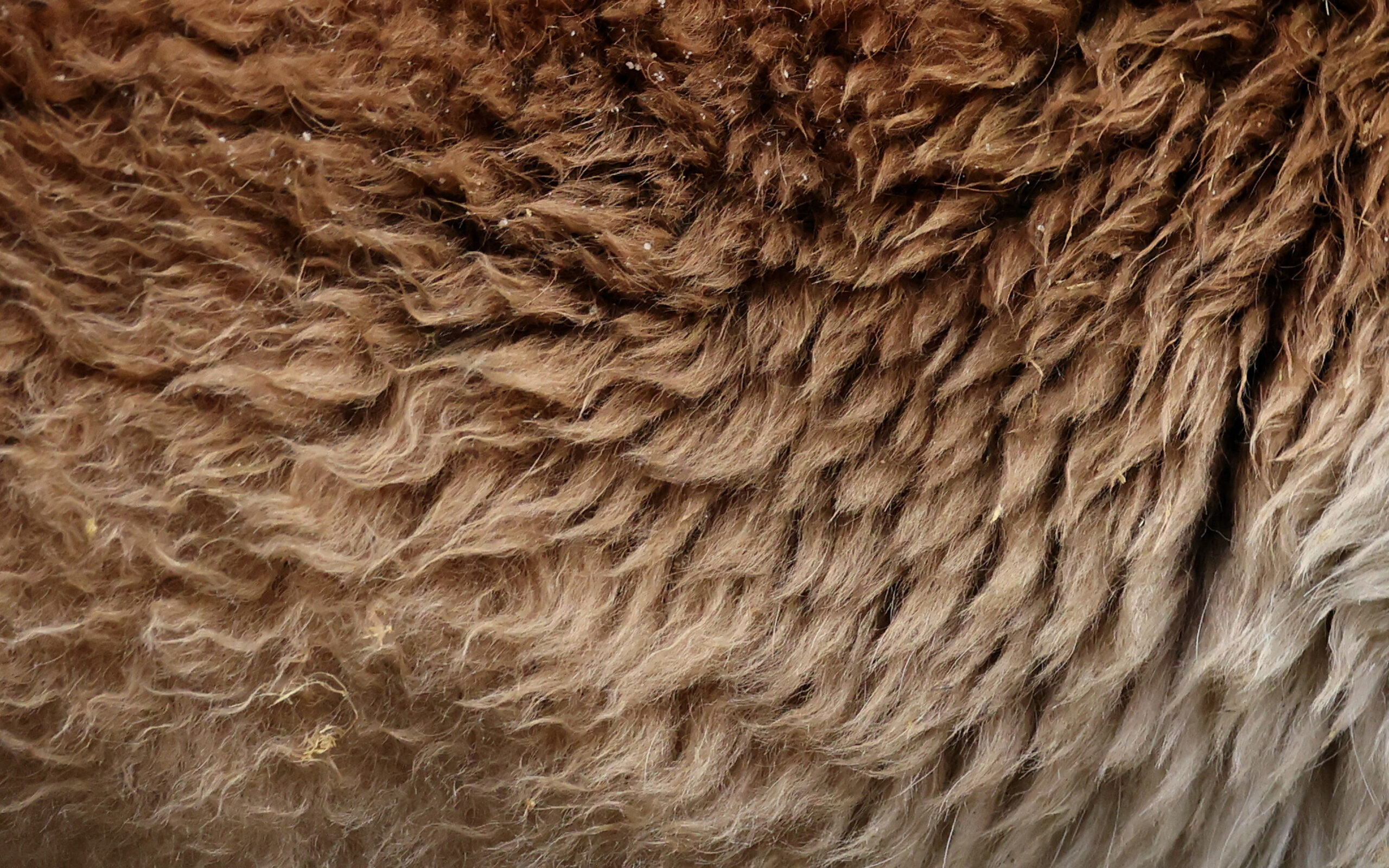
Story
For more than forty years Vicunia AG has stood for high quality natural fibers. Wool and specialty fibers for the apparel and felt industry, bedding and non-woven manufacturers.
